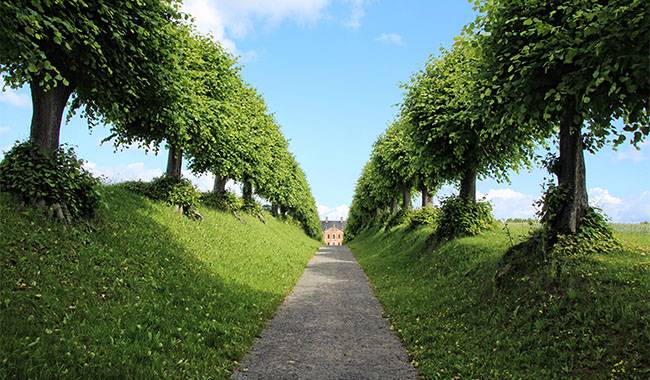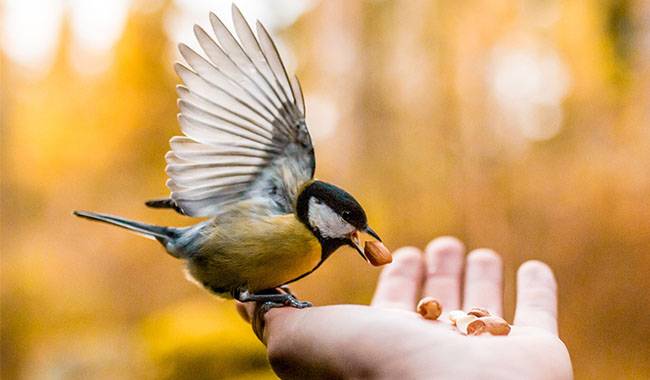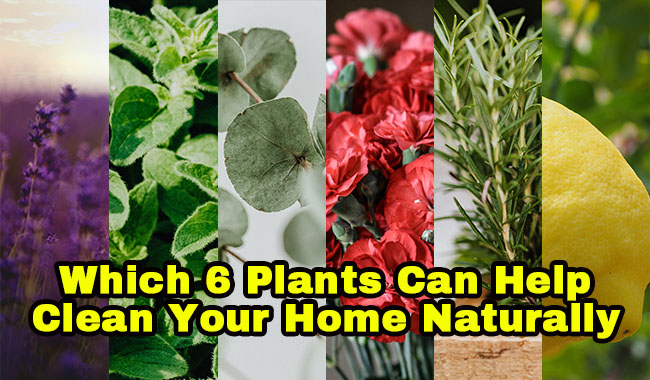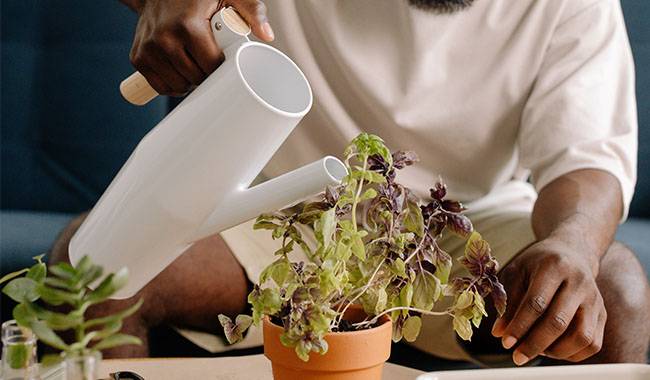
Not all gardeners have the time to make the necessary changes to the relaxing garden. Some of them come to their large houses only on weekends, and not always. Sometime we just want to spend our vacations at sea not in the Garden digging some mub.
Yes, with all the events that happen to us (both good and not so good), there is often no time to focus on the seedbed. But what about our plants that are no longer available?
Many of them may die if they don’t get timely care, others: at least they won’t please the harvest. Fortunately, there are some interesting techniques that help reduce weeding, watering, and fertilizing to a minimum.
And not only is this a solution for weekend gardeners, but for those who live in the cottage almost all summer and prefer to work less and rest more.
Green manure crops
When the beds are freed of vegetables and greens, the first to give up the harvest is to immediately treat the growing soil. It is not just to save time later.
After harvesting, the beds are usually loose. Therefore, a lot of effort to re-cultivate, because after a few months, or even more. In winter, it will not be necessary anymore. It is enough to loosen and level the soil with a fork.
However, care should be taken to collect plant residues so as not to deposit spores of pests and diseases. Also during this loosening process, it is necessary to remove weeds along with the roots.
If you do not plan to sow anything else during this season, in order to keep the ground from becoming overgrown with weeds, you can sow, for example, mustard. This versatile green manure suppresses weeds and enriches the soil with useful substances.
After cutting the mustard before flowering, leave it in the soil as a mulch. In the winter, its plant mass will rot and you will be surprised that there is no need to dig up the soil in the spring.
It is good to sow green manure in the fall after the harvest, in the process of maintaining the seedbed: next winter. Then in early spring you will see on the trellis not bare hard soil, but actively germinating weeds, but neat beds with tender green nettles.
Black spunbond or plastic sheet
The following method not only reduces weeding but also reduces future watering. Before planting seedlings, use a black non-woven fabric with a density of 60 g/m2 or a film of the same color.
For strawberries, cucumbers, peppers, tomatoes, eggplants, zucchini, make round holes of 4-6inch (10-15 cm) diameter (the larger the crop, the larger the hole diameter) in the selected material.
It is most convenient to do this before the material is laid on the ground – it is useless to cut circles when the spunbond or film is already laid on the bed.
After the holes are cut, this synthetic covering is laid on the bed. For example, to prevent the edges of the material from rising, I applied the following technique. I have an unnecessarily narrow rubber tube.
Every 12inch (30cm) I hammer large nails into it – length 4inch (10cm). Then position such edges along the edges of the chosen material, nailing directly into the soil and sticking to the edges of the spunbond or film.
The bed looks great and the hose and nails hold the edges of the covering material in place.
If you don’t have an extra hose, you can cut circles or squares from the linoleum so that these blanks are larger than the diameter of the nail head. Then we hammer the nails along the edges of the covering material in the same way.
By the way, you can now buy dense non-woven material in blue, red, yellow, and green colors. This will allow you to decorate the bed additionally.
Hydrogel
Hydrogel is another trick to make the vegetable garden worry-free. Before planting the selected crops, you need to soak the hydrogel in water according to the instructions. Then, put 1-3 tablespoons of such a substance in each hole and mix it with the soil.
Subsequently, the plants absorb water from the hydrogel even in dry summer months and do not die without regular watering. During heavy rains, the hydrogel will not allow the roots to rot, as it will absorb the excess water itself.
It is more profitable to buy large quantities of hydrogel, such as 500g or 900g. If stored in a dry place, it can be kept for a long time.
Weed control
Mulch grass and weeds are good mulch. Carrots, greens, beets, onions, garlic, and many other crops are inconveniently sown using non-woven material or black film. In this case, only seedlings can be planted. So, what to do with the seedlings?
When the sprouts grow a little, you need to put mown grass or weed tractors between the rows. Pre-dry the fresh herbs in the sun for at least a day. Some people use old leaves, needles, sawdust, or even paper as a mulch layer.
You can also mulch potatoes with grass. I use a lawnmower to cut the grass and then empty the grass catch boxes on either side of the potato trench. This method allowed me to do the potato pile only once – at the beginning of the growing season. Later the mounds were higher because the grass also made fertilizer and held soil moisture.
I regularly lay a layer of mowed grass under trees and bushes in a 2inch (5cm) circle from the trunk. This method facilitates work in the garden because there is no need to weed the root zone and loosen the soil under the root system.
Under such a mulch it has remained lush and vigorous. I loosen the planting circle only once – in the spring – and then the earthworms, which like to live under this garbage, do it for me.
Temperature
Anyone who has a greenhouse and a trellis know that you have to open the trellis every morning in summer and close it at night. Only those who constantly live in their cottages at this time of year can afford such a luxury.
Those who come here occasionally are helped by a thermostat. You can buy one that opens the windows or has a similar effect on the door.
This mechanism will help when plant diseases start to rage. In the first half of summer, it is possible to close the greenhouse without a nighttime heat wave, but not from the second half of July, when the temperature difference between day and night is large. The thermostat will close the greenhouse on its own in the evening.
Drip irrigation
If there is a chance that the crops in the open air do not die or even bear fruit during the long absence of the gardener, receiving part of the water in the form of precipitation, greenhouse plants that are not watered regularly will literally wilt soon.
If you do not want to be “tied up” in the greenhouse all summer, you can install an automatic watering system here. You can make your own from purchased parts or buy a ready-made set.
The flexible tubes are arranged so that the output end of each tube is at its own hole. A certain amount of dripping water will then nourish specific plants.
Place a bucket with a cut-out tap on a support at least 40inch (1 meter) above the ground in or near the greenhouse, connect the hose to the bucket, and then run the irrigation tube from the bucket.
You can turn on the tap yourself or set it to start watering automatically. For this, you need to set which days to water and how long to water. Then the system itself will moisturize the plants even if you are thousands of miles away in the cottage.
It is advisable to establish drip irrigation, not only in greenhouses or hotbeds but also in open beds. Because in case you are away from the cottage for a long time and it rains locally, you are sure to have no harvest.







